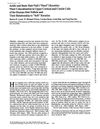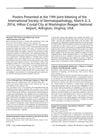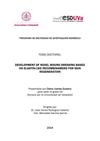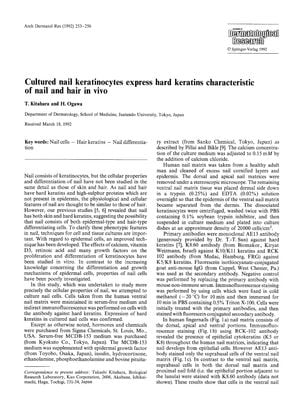TLDR Lab-grown nail cells show characteristics similar to natural nail and hair.
In the 1992 study by Kitahara and Ogawa, researchers cultured cells from the human ventral nail matrix and confirmed the expression of hard keratins, which are found in both nail and hair but not in the epidermis, using indirect immunofluorescence. The presence of hard keratins in these cells suggested that they could serve as a marker for cultured nail cells and that these cells express differentiation-related keratins at a calcium concentration of 0.15 mM, which may indicate they are in the differentiation stage. This research provided a model for studying the differentiation of nail and potentially hair cells in vitro, although the study did not specify the number of participants as it used cells from a single healthy adult man.
23 citations
,
February 1993 in “Journal of Investigative Dermatology” 36 citations
,
December 1991 in “Journal of Dermatological Science” Human nails contain both skin and hair keratins, each needing different extraction methods.
187 citations
,
May 1988 in “Differentiation” Trichocytic cytokeratins are found in hair, nails, tongue, and thymus cells, showing complex regulation in tissue development.
87 citations
,
October 1987 in “Journal of Investigative Dermatology”  356 citations
,
December 1986 in “The journal of cell biology/The Journal of cell biology”
356 citations
,
December 1986 in “The journal of cell biology/The Journal of cell biology” Hair and nail cells share similar proteins, indicating a common differentiation pathway.
88 citations
,
January 1981 in “British Journal of Dermatology” A new method helps grow human hair cells using a cow eye lens.
38 citations
,
December 2006 in “Journal of Investigative Dermatology” Keratin patterns in hair follicles help understand hair growth and potential hair and nail disorders.
135 citations
,
October 1997 in “Journal of biological chemistry/The Journal of biological chemistry” Trichohyalin is modified by enzymes to form strong structures in hair cells.
 July 2016 in “American Journal of Dermatopathology”
July 2016 in “American Journal of Dermatopathology” The meeting showcased rare skin disease cases, highlighting the need for accurate diagnosis and treatment.

Elastin-like recombinamers show promise for better wound healing and skin regeneration.
 356 citations
,
December 1986 in “The journal of cell biology/The Journal of cell biology”
356 citations
,
December 1986 in “The journal of cell biology/The Journal of cell biology” Hair and nail cells share similar proteins, indicating a common differentiation pathway.



